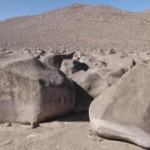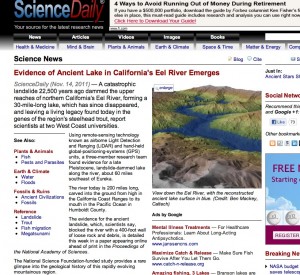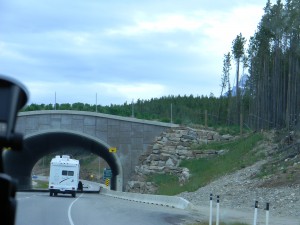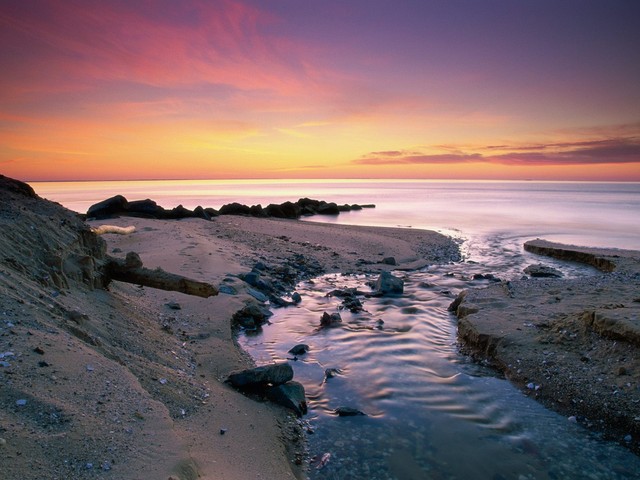Well, hello there gang!
If you ever happen to be looking for information or topics on large scale climate issues then look no further than Nasa’s climatological website. As soon as you visit the site’s homepage you see a wealth of information on a variety of climate issues. How about arctic sea ice levels? Yep, they have that. Carbon Dioxide information? Of course. Sea levels and global temperatures? You bet. How about land ice, do they do land ice? Most definitely.
There are also tabs on the homepage related to key indicators like carbon dioxide concentration, evidence like sea level rising, causes like greenhouse gases, effects like weather intensification, and uncertainties like the effects of solar output on Earth. The tabs for each of these climatological phenomena are easily accessible in the event that any skeptics visit the site at any point. If you ever need to make an argument for the existence of climate change, this website is a fantastic place to start your research for such an arguement.
Perhaps the most persuasive and fascinating aspect of Nasa’s climate website is the wide selection they have of satellite imagery obtained by one of their three Earth orbiting satellites (called “Grace,” “AIRS,” and “Jason-1”) like this:
Of the images on the website, Nasa also has a wide array of photographs taken from people in the field like this:
Whether you’re doing research in order to debate against a climate change skeptic, for school, or for your own personal interest, Nasa’s climate website ought to be your first stop!










